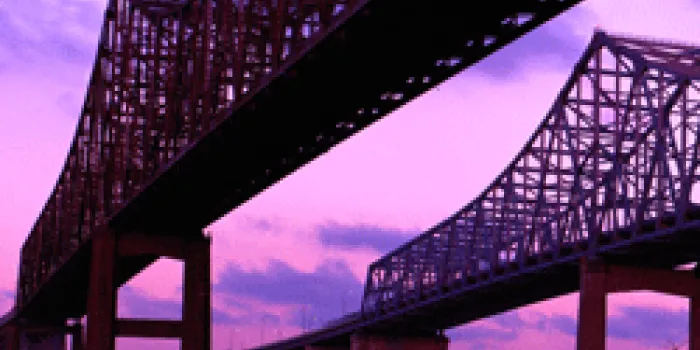At the National Hemophilia Foundation’s (NHF’s) 62nd Annual Meeting in New Orleans in November 2010, the National Youth Leadership Institute (NYLI) was given a pre-meeting team-building exercise. The members were to divide into three groups, each assigned a topic: Hurricane Katrina, the BP oil spill or crime in New Orleans. They were instructed to interview people around the city, find out how the assigned topic had affected the city and what solutions the community was seeking, and relate what they learned to the bleeding and clotting disorders community.
“Okay, it’s noon. You have until 6 tonight. Here’s your mission. Good luck.” My team’s mission was to research the impact of the April 20, 2010, oil spill in the Gulf of Mexico and relate it to the bleeding disorders community. In all honesty, the connection between an oil spill and bleeding and clotting disorders seemed distant. But, as members of NYLI, we were ready to tackle the job.
It began like most group projects: We sat in a circle and started throwing out ideas on the best approach, eventually narrowing it down to a concise plan of attack. We were going to explore the city, the Riverwalk along the Mississippi and the seafood shops and restaurants. We wanted to talk to local business owners and the Louisiana Coast Guard to get different sides of the story. With our packet of information, a notebook and a smartphone, we were ready to get it done.
BP Oil Spill: The Burner
Our meeting with the US Coast Guard (USCG) was first on the list. After a few awkward conversations with the security officers, we spoke with Jeff Hall, the media center coordinator for the Louisiana Coast Guard. He emphasized that the USCG was working hard to help the Gulf area recover and expressed appreciation for the massive relief effort put forth by all districts of the USCG. “People came from all over to help,” he said, describing the assistance they received from people across the country.
How expensive was the spill? “We call it ‘The Burner,’” Hall said of the relief effort’s incredible monetary toll. So what was the oil spill’s biggest effect on New Orleans? “People are still afraid to eat the fish,” he said. Despite meticulous chemical and sensory testing on fish samples from the Gulf, Hall said people aren’t yet comfortable eating fish from the area. This translates to detrimental effects on the local seafood restaurants.
BP Oil Spill—Fish Worries
Erin Punch, manager of The Crazy Lobster on Port of New Orleans Place, had a lot to say about the difficulty she finds in trying to bring in seafood—and customers. “People think there’s oil in the fish,” she said. She showed us a very small oyster shipped in from California. Restaurants like The Crazy Lobster are now forced to pay high prices for smaller amounts of seafood from places unaffected by the spill.
Punch, however, is optimistic: “I think people around here have faith in the government,” she said. “The media has had a good effect.” She recalled when Anderson Cooper broadcast his show, Anderson Cooper 360, from a location roughly a quarter-mile away. She feels the media has presented the spill as a story of Louisiana resilience: “It’s going to get better from here.”
It wasn’t until speaking with Punch that the relevance of our topic really set in. Oil slicks, contaminated fish and imported oysters had no immediate connection to the bleeding disorder community. But the optimism, outside relief efforts and perseverance had our community written all over it. The willingness to carry on in spite of a painful, seemingly unstoppable, injury was something we could relate to. The spill, we discovered, was much like a joint bleed; both are a continuous loss of vital fluid from a functioning part of a system, leading to a depreciation of function, as well as injury, massive expense and an overarching need to make it stop.
NHF and New Orleans March Forward
This project showed us there was no better city in the country to exemplify the 2010 NHF Annual Meeting theme, “Marching Forward.” We may not yet have the cures we need, but the bleeding disorders community knows better than most what it is to live life in the face of illness and pain, and New Orleans does, too. We know we have a lot to teach the world, but our project reminded us we also have a lot to learn from it.
“Although the world is full of suffering, it is full also of the overcoming of it.” –Helen Keller

